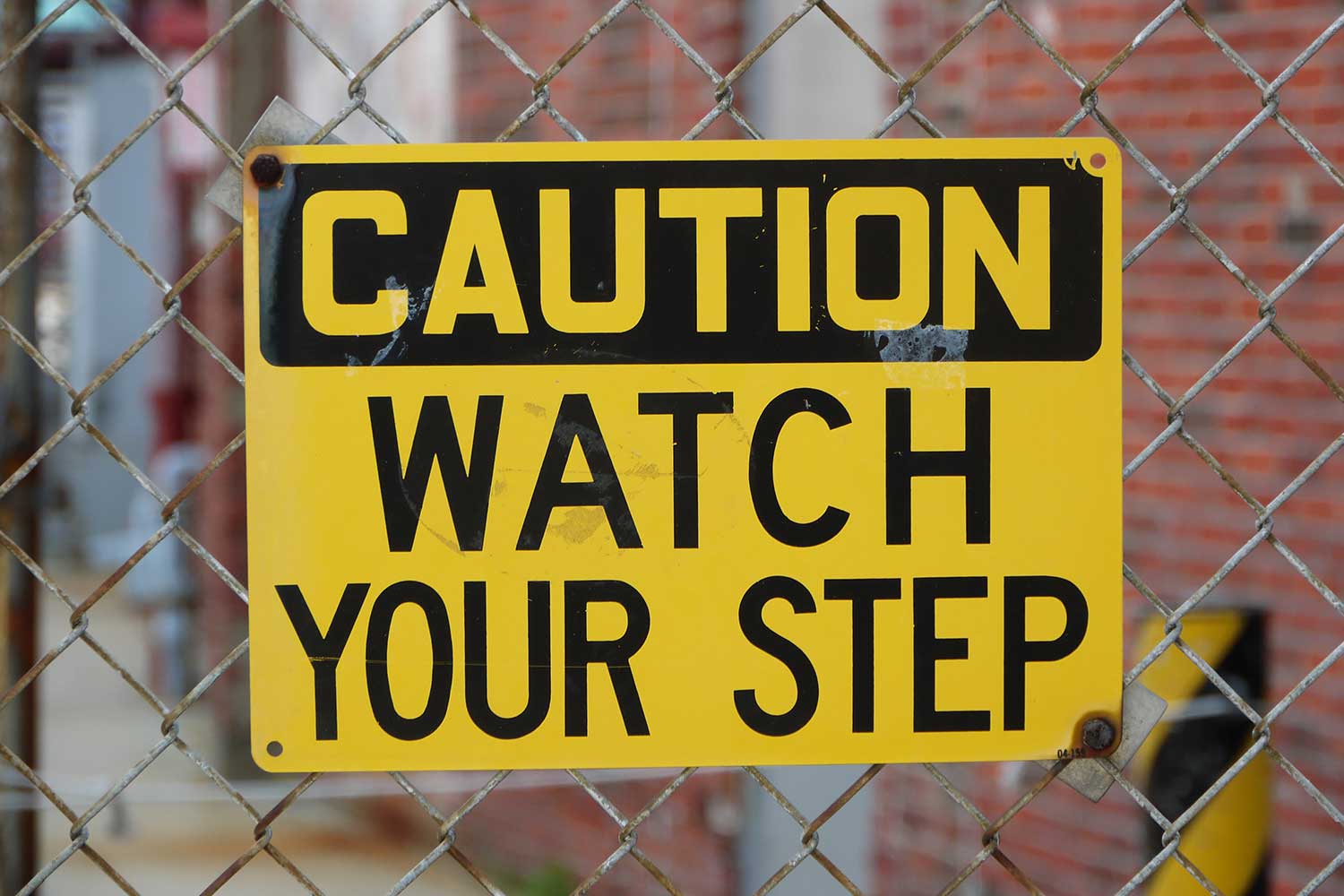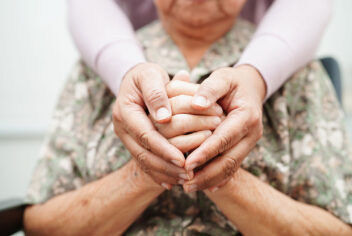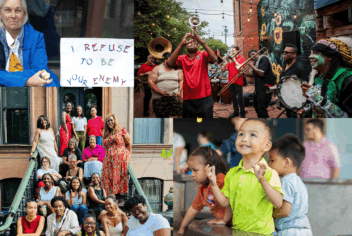Slips, trips and falls are one of the most common causes of incidents in and around public and private buildings of all sizes. This can be a very costly problem for any nonprofit.
According to the National Safety Council, approximately 900 slip, trip and fall incidents happen every day in workplaces all across the U.S. From 2014 to 2016, Nonprofits Insurance Alliance Group members have had the unfortunate experience of approximately 888 slip, trip or fall related claims, costing nearly $7 million. These incidents were caused by a broad variety of hazards, including slipping on hangers left on the floor of a changing room at a thrift store, a wet entryway floor, tripping over curbs in parking lots, slipping on icy sidewalks and falling on stairs that did not have handrails or a nonslip surface.
Effective slip and fall incident prevention methods go well beyond just keeping floors clean or placing a “Wet Floor” sign after mopping. It’s important to establish a program that focuses on prevention, as well as procedures on what to do if someone does get injured. Documenting the incident, collecting witness statements and any possible video surveillance can make a huge difference in defending you from any fraudulent claims as well.
It is important to understand where on your premises the greatest potential for danger lies. To reduce slip, trip and fall incidents in or around your facilities, as well as protect your organization in the event of a claim:
- Conduct a daily facility safety survey to look for common culprits such as wet or greasy floors, loose mats, torn carpeting, bad lighting, clutter, cables or wires and uneven surfaces.
- Immediately attend to any problems by putting up warning signs and/or closing an area off and taking steps to quickly eliminate the hazard.
- Maintain all floors and walkways on a consistent basis, using the recommended cleaning products and methods. Fix all uneven surfaces if possible by recoating or leveling the floor. You should mark or illuminate areas that can’t easily be leveled.
- Train your employees and volunteers in slip and fall safety, and establish guidelines on how they should report problems and respond to customer injuries or hazardous situations. Stress these safety reminders:
- If you drop it, pick it up.
- If you spill it, wipe it up.
- Go where you are looking, and look where you are going.
- Make sure you have secure handrails for all stairs and balconies.
- Take care of your outdoor areas, including sidewalks and parking lots. Potholes, snow and ice all create potential problems. If necessary, subcontract snow and ice removal to make sure it’s handled promptly and meets local legal standards.
- Additional or dry replacement entrance mats may be needed during wet weather. Document all of your efforts by keeping records of your daily safety inspections and any maintenance work to improve walking and working surfaces.
Form a written policy and train managers on how to consistently respond and document any slip and fall claims. This might include taking witness statements, first aid, contacting emergency responders and archiving video evidence from security camera systems of the event. You should have a written incident report form to document any such events. (Sample form provided in link below). Slips, trips and falls have the potential to be a major cause of injury for your employees, volunteers and visitors. Be sure you are doing all that you can to recognize and reduce the risk.





